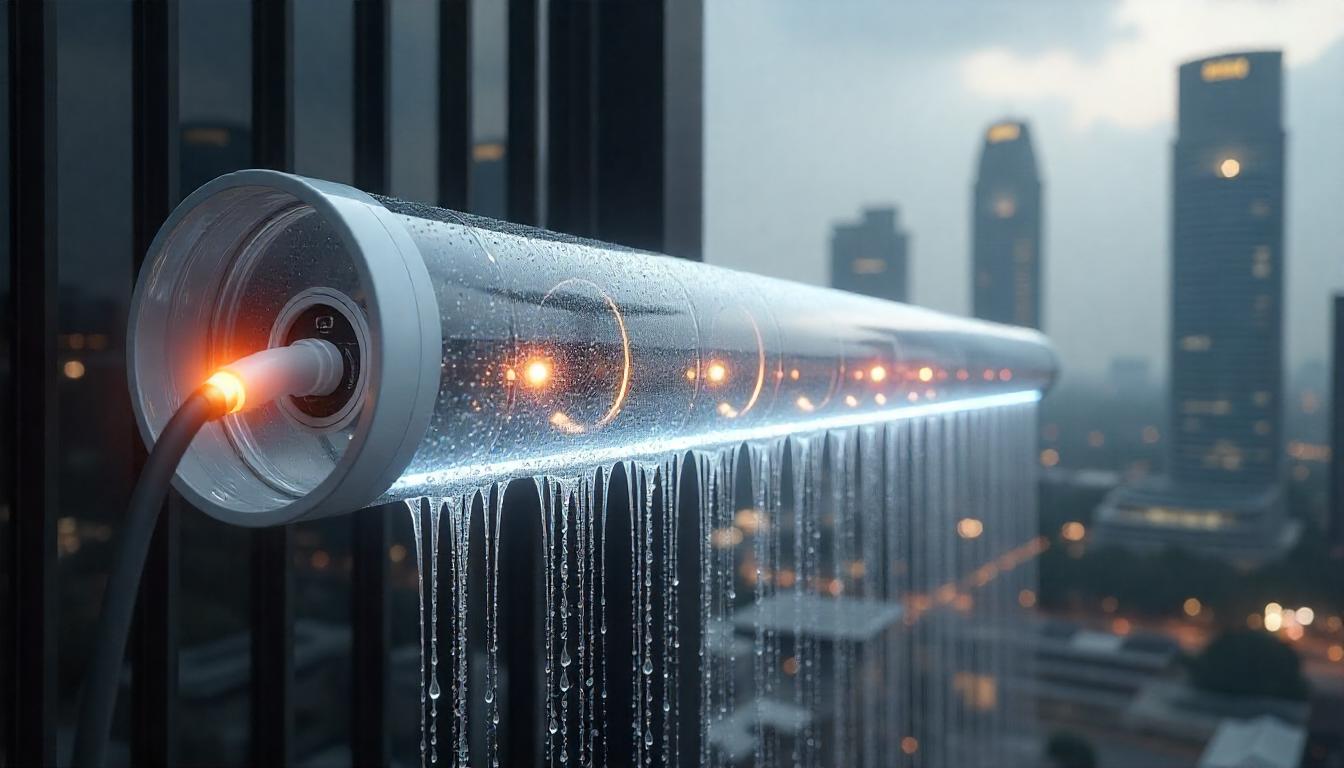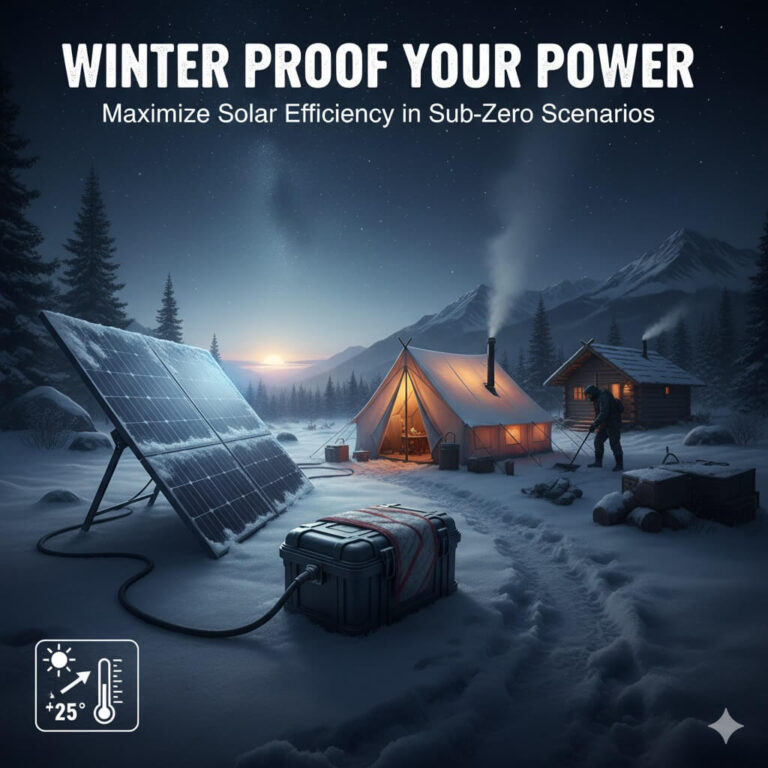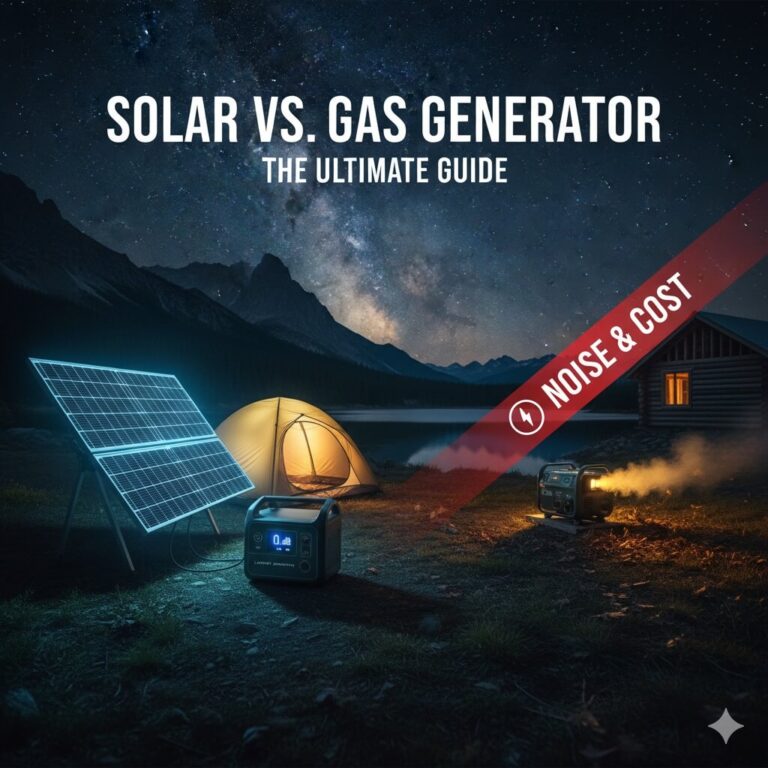The Smart City’s Secret Weapon: How Rain Energy Bolsters Singapore’s Energy Security and Urban Resilience

Imagine a city that could turn its most abundant natural resource—rain—into a constant source of power. For Singapore, a nation heavily reliant on imported energy, this isn’t just a futuristic dream but a tangible step towards unprecedented energy independence. As a vibrant, highly urbanized island state in the heart of the tropics, Singapore grapples with a unique set of energy challenges. Its innovative spirit, however, continually pushes the boundaries of what’s possible, seeking novel solutions to ensure its long-term viability.
This article will delve into how groundbreaking rain-to-electricity technology, spearheaded by local research, can serve as a vital decentralized energy solution. We will explore how this innovation can significantly enhance Singapore’s energy security and resilience, and in doing so, set a compelling precedent for smart urban planning worldwide.
- Singapore’s Vulnerable Energy Landscape: The High Cost of Import Dependence
- The Science Behind the Storm: How NUS Is Converting Rain to Power
- Mechanism Explained: Unleashing the Power of “Plug Flow” Rain Energy
- Rain Energy: A Game-Changer for Smart City Decentralization
- Bolstering Resilience: How Rain Power Fortifies Singapore’s Future
- Conclusion: Paving the Way for a Self-Sufficient and Sustainable Urban Future
- FAQs: Rain Energy and Singapore’s Energy Future
- 1. Is rain-to-electricity technology currently being used on a large scale in Singapore?
- 2. How does the NUS “plug flow” system compare to traditional hydroelectric power?
- 3. Can rain energy technology power an entire home or building?
- 4. What are the main limitations or challenges for this rain energy technology?
- 5. How does rain energy fit into Singapore’s broader sustainability goals?
Singapore’s Vulnerable Energy Landscape: The High Cost of Import Dependence
Singapore’s impressive economic growth and high quality of life belie a fundamental vulnerability: its almost complete reliance on imported energy. With virtually no natural gas or oil reserves of its own, the nation generates approximately 95% of its electricity from imported natural gas. This stark reality means Singapore is deeply intertwined with, and vulnerable to, the volatility of global energy markets and potential supply disruptions. The 2021 global energy crunch, for instance, offered a stark reminder of how rapidly global events can translate into domestic price spikes and uncertainty.
The Energy Market Authority (EMA) of Singapore constantly navigates what’s known as the “energy trilemma”—a “delicate balancing act between ensuring energy security, maintaining cost competitiveness, and achieving environmental sustainability. While solar energy deployment is a key priority, Singapore’s compact size and high population density present significant land constraints. Furthermore, the very tropical climate that brings abundant rain also introduces intermittent cloud cover, limiting solar’s consistent output. Even with ambitious targets, solar power is projected to meet only about 10% of Singapore’s electricity demand by 2050 under optimistic scenarios. Traditional renewable sources like large-scale hydropower, wind, and geothermal are largely unviable due to the island’s unique geographical characteristics.
To mitigate these challenges, Singapore has aggressively diversified its natural gas sources, investing in both piped natural gas (PNG) and liquefied natural gas (LNG) imports. The nation is also strategically pursuing cross-border electricity imports, with a bold target to bring in up to 6 GW of low-carbon electricity from regional grids by 2035. While these efforts are crucial for immediate energy security, they still rely on external supply chains, underscoring the ongoing need for truly domestic, indigenous energy solutions. This is where the potential of rain energy truly shines.
The Science Behind the Storm: How NUS Is Converting Rain to Power
The concept of harnessing energy from water is not new, but the National University of Singapore (NUS) has unveiled a groundbreaking approach that transforms the humble raindrop into a source of clean electricity. Researchers at NUS have developed a novel “plug flow” technology capable of generating power directly from falling water droplets, such as those found in rain.
Mechanism Explained: Unleashing the Power of “Plug Flow” Rain Energy
Unlike traditional hydropower, which requires massive infrastructure like dams and large rivers, this innovative system operates on a much smaller, more adaptable scale. The core of the technology lies in the phenomenon of “charge separation.” Here’s a simplified breakdown:
- Tiny Tubes, Big Impact: The system utilizes millimeter-sized vertical tubes, far smaller than conventional pipes.
- Water “Plugs” and Air Pockets: As water falls through these tubes, it doesn’t form a continuous stream. Instead, it creates short columns or “plugs” of water interspersed with pockets of air. This unique “plug flow” pattern is crucial.
- Interfacial Chemistry: When water comes into contact with the inner surface of the tube, a natural process of charge separation occurs. Positively charged hydrogen ions in the water are attracted to and move with the water, while negatively charged hydroxide ions tend to adhere to the tube’s surface.
- Generating Current: As each water “plug” moves down the tube, particularly at its trailing edge, this separation of charges generates an electric current. The continuous movement of these water plugs creates a consistent flow of electricity.
The results from lab tests are highly promising. This “plug flow” system has demonstrated remarkable efficiency, converting over 10% of the energy from falling water into electricity. To put this technique into perspective, it generates output that is five orders of magnitude (100,000 times) greater than methods using continuous water flow for charge separation. Furthermore, when scaled to similar sizes, it is reportedly 10 times more efficient than conventional hydropower systems. This breakthrough showcases its potential to power multiple LEDs continuously, even with small volumes of water, without the need for external pumps. This simplicity and efficiency make it uniquely suited for urban applications.
Rain Energy: A Game-Changer for Smart City Decentralization
The NUS rain-to-electricity technology aligns perfectly with Singapore’s ambitious “Smart Nation” vision, particularly in the realm of energy management. Its inherent design promotes decentralized energy generation, a cornerstone of future-proof urban infrastructure.
Decentralized Power: Rain Energy as a Pillar of Singapore’s Smart City Vision
Decentralized energy involves generating power closer to the point of consumption, often directly within buildings or localized communities. This model offers several compelling benefits for a dense urban environment like Singapore:
- Reduced Transmission Losses: By generating electricity on rooftops or within urban drainage systems, power doesn’t have to travel long distances through grids, significantly reducing energy loss during transmission.
- Enhanced Grid Stability and Resilience: Decentralized sources contribute to a more robust and resilient energy grid. In the event of a major grid outage, localized systems can continue to provide power, bolstering urban resilience. This forms the basis for microgrids—localized energy grids that can operate independently, ensuring critical services remain operational even if the main grid fails.
- Complementary Renewable Energy: Rain energy isn’t meant to replace Singapore’s efforts in solar power or imported clean energy. Instead, it acts as a crucial complement. In a tropical climate prone to frequent rainfall, periods of low solar output due to cloud cover are common. Rain-to-electricity systems can step in during these times, providing a consistent energy source and diversifying the domestic renewable energy mix. This creates a more reliable and less intermittent clean energy supply.
- Seamless Urban Integration: The technology’s ability to operate with millimeter-sized channels means it can be integrated directly into existing or new building infrastructure, such as rooftops, facades, and drainage systems, without requiring significant additional land—a critical advantage in land-scarce Singapore. This transforms previously untapped urban surfaces into active energy generators.
- Smart Grid Synergy: As part of a smart city framework, these rain energy systems can be equipped with Internet of Things (IoT) sensors, feeding real-time data into sophisticated energy management systems. This data-driven approach allows for optimized energy flow, efficient resource allocation, and reduced waste across an urban network. It’s a key step towards a truly “smart” and self-optimizing energy ecosystem.
Bolstering Resilience: How Rain Power Fortifies Singapore’s Future
The strategic integration of rain-to-electricity technology goes beyond mere energy generation; it fundamentally strengthens Singapore’s long-term energy security and climate resilience.
From Vulnerability to Resilience: Rain Energy’s Impact on Singapore’s Energy Future
- Reducing Reliance on Imports: Every kilowatt-hour generated domestically from the continuous downpour directly contributes to reducing Singapore’s heavy reliance on imported fossil fuels. This incremental reduction, when scaled across the entire urban landscape, can significantly cushion the nation against global energy price shocks and geopolitical instability.
- Enhanced Energy Security: A truly diversified energy portfolio, which includes local, weather-dependent sources like rain energy, makes Singapore less susceptible to external supply chain disruptions. It offers an indigenous buffer, ensuring critical services remain powered even in unforeseen circumstances.
- Climate Resilience: Turning a Challenge into an Asset: Singapore’s tropical climate brings abundant, often intense, rainfall. Instead of merely managing this as a drainage challenge, rain-to-electricity turns it into an energy asset. This exemplifies a proactive and adaptive strategy for climate change, transforming environmental characteristics into opportunities for sustainability. It’s a testament to Singapore’s innovative approach to urban sustainability.
- Leading by Example: Singapore’s pioneering efforts in this field position it as a global leader in sustainable innovation. The successful development and deployment of this technology could inspire and guide other densely populated, high-rainfall regions worldwide—particularly in Southeast Asia and other tropical urban centers—to explore similar localized renewable energy solutions. This fosters valuable regional collaboration and knowledge transfer in the pursuit of global climate goals.
- Economic Opportunities: The research, development, and eventual commercialization of rain-to-electricity technology can unlock new economic opportunities for Singapore. This includes the creation of high-value green jobs in R&D, engineering, manufacturing, and maintenance, as well as attracting further investment into Singapore’s burgeoning cleantech sector. It also offers the potential for exporting this innovative technology and expertise to other nations.
Conclusion: Paving the Way for a Self-Sufficient and Sustainable Urban Future
Singapore, ever the visionary “Smart Nation,” continues to demonstrate its commitment to engineering a future defined by sustainability and resilience. The breakthrough in rain-to-electricity technology is not merely an academic achievement; it is a pragmatic, scalable solution that directly addresses the nation’s core energy security challenges. By transforming abundant tropical rainfall into a valuable power source, Singapore is not only reducing its import dependency but also building a more robust, decentralized, and environmentally harmonious energy infrastructure.
As this innovative technology moves from lab to widespread urban deployment, the humble raindrop might just prove to be Singapore’s most powerful, and perhaps secret, weapon in achieving a truly self-sufficient and resilient energy landscape. This bold stride towards leveraging its unique natural environment positions Singapore as a beacon for other smart cities globally, illustrating how ingenuity can turn environmental characteristics into strategic advantages, paving the way for a more sustainable urban future for all.
Want to learn more about Singapore’s cutting-edge sustainable initiatives or explore how decentralized energy can transform your urban environment? Share your thoughts below or reach out to us for deeper insights into the future of urban energy!
FAQs: Rain Energy and Singapore’s Energy Future
1. Is rain-to-electricity technology currently being used on a large scale in Singapore?
While the NUS “plug flow” technology has shown significant promise in laboratory settings and small-scale prototypes (e.g., powering 12 LEDs), it is still in the research and development phase. Its commercialization and widespread deployment across urban infrastructure are future goals. Singapore is known for its rigorous testing and implementation of new technologies, so ongoing pilot projects and further refinements are expected before large-scale adoption.
2. How does the NUS “plug flow” system compare to traditional hydroelectric power?
The NUS “plug flow” system is fundamentally different from traditional hydropower. Traditional hydropower relies on large volumes of water and significant elevation differences, requiring massive dams and specific geographical features like rivers. The “plug flow” system, in contrast, works with individual water droplets (like raindrops) flowing through tiny, millimeter-sized tubes. It’s designed for decentralized, urban applications and has shown significantly higher efficiency for its scale, offering a solution where traditional hydropower is simply not feasible. It’s about harnessing the potential energy of falling water in a highly efficient, small-scale manner.
3. Can rain energy technology power an entire home or building?
Currently, “plug flow” technology is demonstrated to power small electronic devices or multiple LEDs. While lab tests show promising power density (e.g., ~100 W/m²), it’s important to remember that this refers to the density of the tubes, not a large surface area. For powering an entire home or building, a very large number of these tubes would be required. The immediate vision is for rain energy to supplement existing power sources (like solar or grid electricity), contributing to a building’s overall clean energy mix and enhancing energy independence, rather than being a sole source. Ongoing research aims to further increase power output and scalability.
4. What are the main limitations or challenges for this rain energy technology?
- Scalability: While promising, scaling the technology from laboratory prototypes to city-wide application for significant energy contribution is a major engineering and logistical challenge.
- Maintenance: Any system involving water flow, especially through narrow channels, will require robust filtering and maintenance to prevent blockages from debris, algae, or mineral buildup, which could affect efficiency and lifespan.
- Cost-effectiveness: As with any new technology, the initial installation cost and long-term economic viability compared to established energy sources will be crucial for widespread adoption. Further R&D is needed to bring down costs.
- Intermittency (in some climates): While Singapore has abundant rain, the technology’s effectiveness in regions with less consistent rainfall would be limited. However, for tropical climates, this is less of a concern.
- Water Quality: While the system generates electricity, the quality of the collected rainwater itself would still need consideration for various uses (e.g., potable water requires further treatment).
5. How does rain energy fit into Singapore’s broader sustainability goals?
Rain energy is a perfect fit for Singapore’s “Smart Nation” and “City in a Garden” visions.
- Resource Optimization: It transforms abundant rainfall from a natural phenomenon to be managed (drainage) into a valuable energy resource.
- Decentralization: It promotes a decentralized energy model, aligning with smart city concepts of distributed power generation, microgrids, and enhanced urban resilience.
- Carbon Reduction: By providing a clean, renewable energy source, it contributes to Singapore’s national climate action goals and efforts to reduce reliance on fossil fuels, ultimately lowering carbon emissions.
- Innovation Hub: It reinforces Singapore’s reputation as a hub for cutting-edge sustainable technology and green innovation.



